Remember when summer meant something entirely different? Before central air became as common as running water, we had to get creative about staying comfortable during those sweltering July and August days. Those hot summer nights weren’t just a song lyric—they were a way of life that shaped how we spent our evenings, where we gathered, and even how we arranged our homes.
1. The Sacred Evening Ritual of Opening Every Window
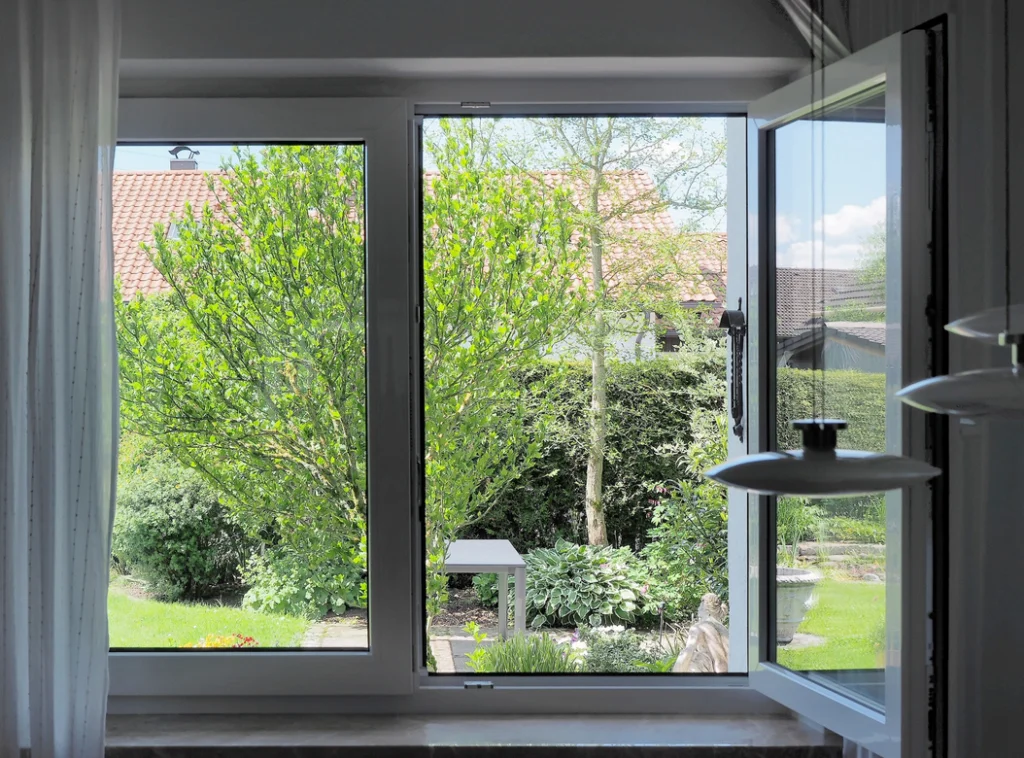
As soon as the sun started its descent, you’d hear the symphony begin—windows sliding open throughout the neighborhood like a coordinated dance. We’d prop open every single window in the house, creating cross-breezes that felt like nature’s own air conditioning system. The whole family would participate, making sure screens were secure and curtains were positioned just right to catch that precious moving air.
Those evening breezes carried more than just relief from the heat—they brought the sounds and scents of the neighborhood right into our living rooms. You’d hear Mrs. Johnson’s radio playing Lawrence Welk, smell the barbecue from three houses down, and catch fragments of conversations from folks sitting on their porches. It was like the whole block became one big extended living room once those windows went up.
2. Sleeping on the Porch Was Perfectly Normal
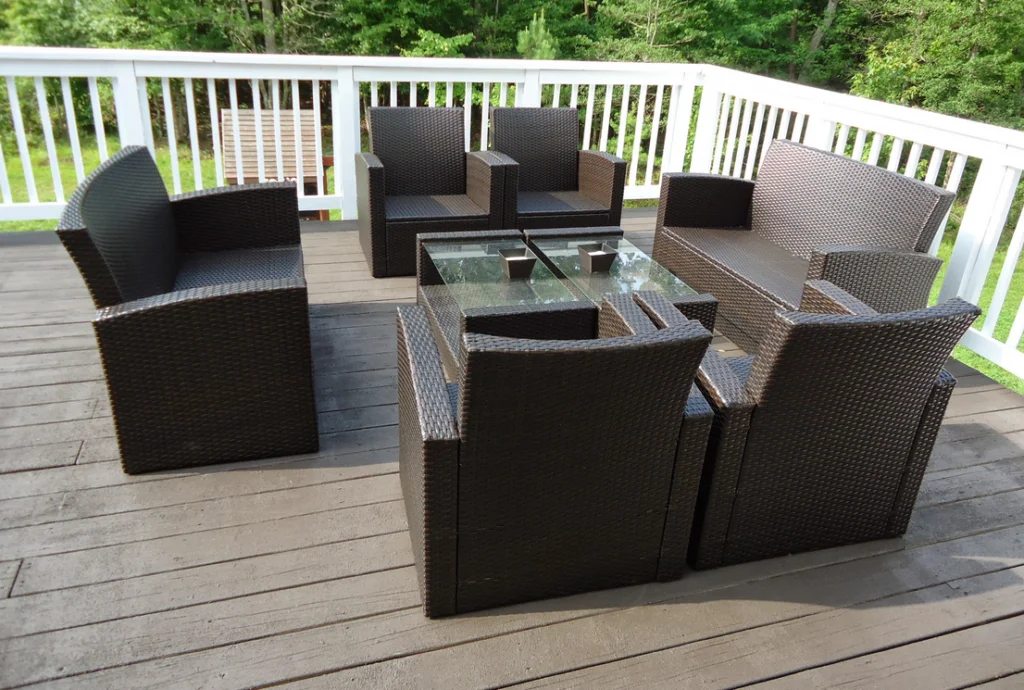
When the house became too stifling, families would drag mattresses, cots, and sleeping bags right out onto the front or back porch. Children especially loved this adventure, turning what could have been a miserable hot night into an exciting camping experience right at home. Parents would set up makeshift beds on screened porches, in gazebos, or even on flat rooftops in apartments.
The whole ritual had its own etiquette and rhythm—you’d wait until after dark to avoid curious neighbors, and everyone understood that porch sleeping was just part of summer survival. Some families made it such a regular occurrence that they’d invest in special outdoor bedding or even build permanent sleeping porches with proper ventilation. Those nights under the stars, listening to crickets and distant train whistles, often became some of our most treasured childhood memories.
3. Box Fans Were the Crown Jewels of Summer
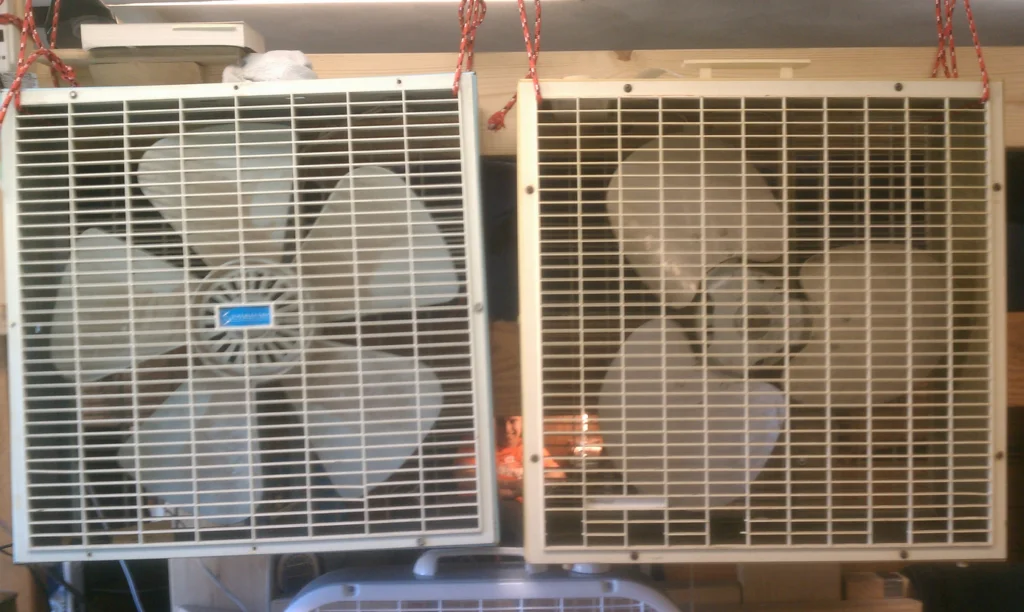
Before every room had its own climate control, a single box fan was treated like a precious family heirloom. These square metal marvels would get passed from room to room throughout the day, following whoever needed relief most desperately. The afternoon would see negotiations worthy of the United Nations as family members lobbied for fan time in their bedrooms or the kitchen.
The strategic placement of these fans became an art form—positioned in windows to pull cool night air in or push hot air out, depending on the time of day and wind direction. Some clever folks would place a pan of ice water in front of the fan, creating a makeshift swamp cooler that provided blessed relief for at least a little while. The constant hum of those metal blades became the soundtrack of summer, as comforting and familiar as crickets chirping.
4. Ice Water and Wet Towels Were Medical-Grade Relief
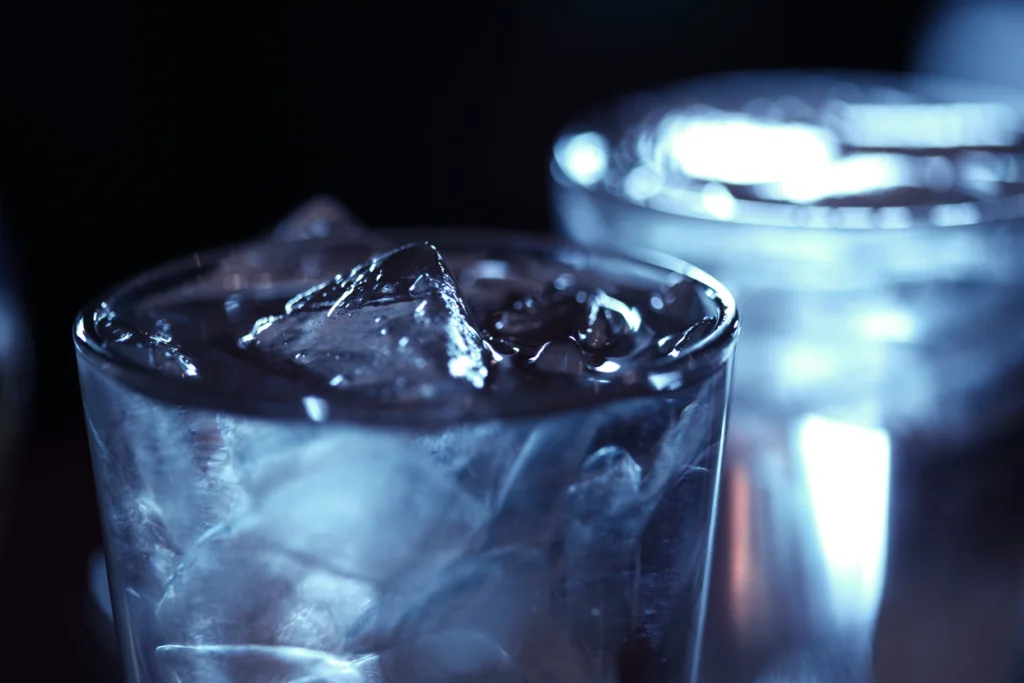
Every mother had her arsenal of cooling tricks that involved ice water and washcloths. A cold, wet towel on the back of your neck could provide instant relief that felt almost magical during the worst heat waves. Soaking your feet in a bucket of ice water while sitting on the porch became a legitimate evening activity, not just something you did when you were sick.
The ice man’s delivery day took on special significance during heat waves, and families would carefully ration their ice supply for maximum cooling effect. Some folks would fill the bathtub with cold water just to soak their feet and arms, while others discovered that wet sheets could provide temporary relief when draped over furniture or hung in doorways. These simple remedies required no electricity and cost almost nothing, but they could make the difference between a miserable night and tolerable sleep.
5. The Basement Became Summer’s Social Hub
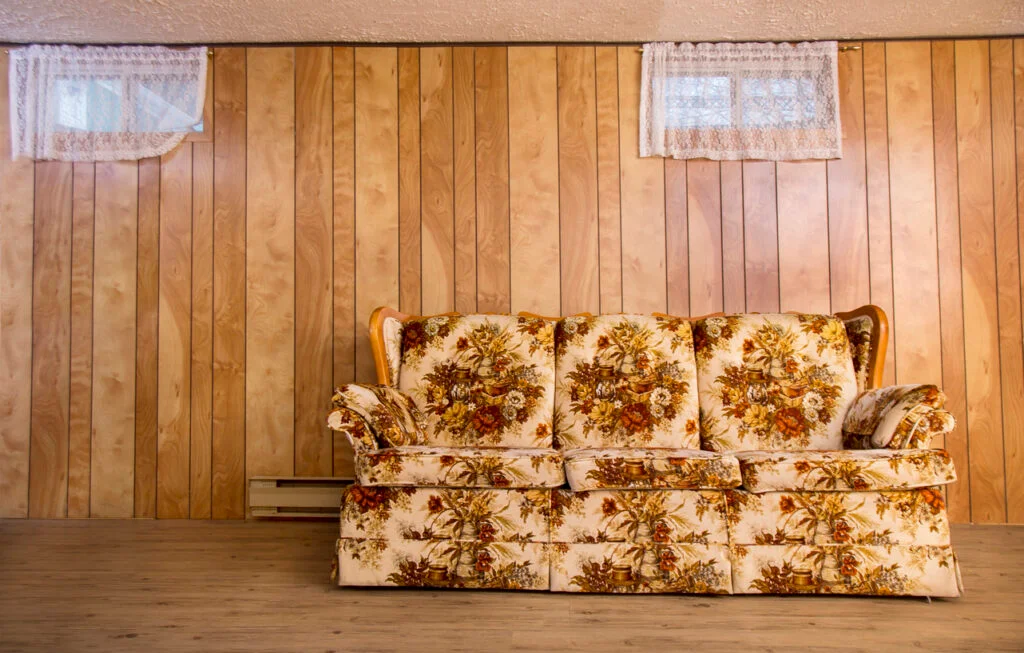
Basements transformed from storage spaces into family retreats during the hottest months. The natural coolness of being underground made the basement the most coveted spot in the house during July and August heat waves. Families would move their evening activities downstairs—watching television, playing cards, or just sitting and talking while enjoying temperatures that could be 10-15 degrees cooler than upstairs.
Some industrious homeowners would set up entire summer living spaces in their basements, complete with comfortable seating and good lighting. Children would beg to have sleepovers in the basement, and parents often found themselves lingering downstairs long after their intended quick trips to retrieve something. The basement’s cool embrace became so appealing that many families would eat dinner down there during the worst heat, turning necessity into a kind of adventure.
6. Sprinklers and Garden Hoses Were Everyone’s Water Park

The simple garden hose became the neighborhood’s entertainment center during scorching summer days. Children would spend hours running through sprinklers, having water fights, and creating elaborate games that involved getting soaked from head to toe. Parents would often join in, “helping” to water the garden while conveniently getting splashed in the process.
Setting up the sprinkler was a daily ritual that brought the whole block together—kids from several houses would congregate in whoever’s yard had the best sprinkler setup that day. The lucky families with oscillating sprinklers became the unofficial community centers, while those with simple spray attachments still managed to create plenty of fun and relief. Even adults would find excuses to walk through the spray while tending to yard work, and nobody thought twice about grown-ups getting their clothes wet in pursuit of comfort.
7. Public Pools and Swimming Holes Were Sacred Destinations
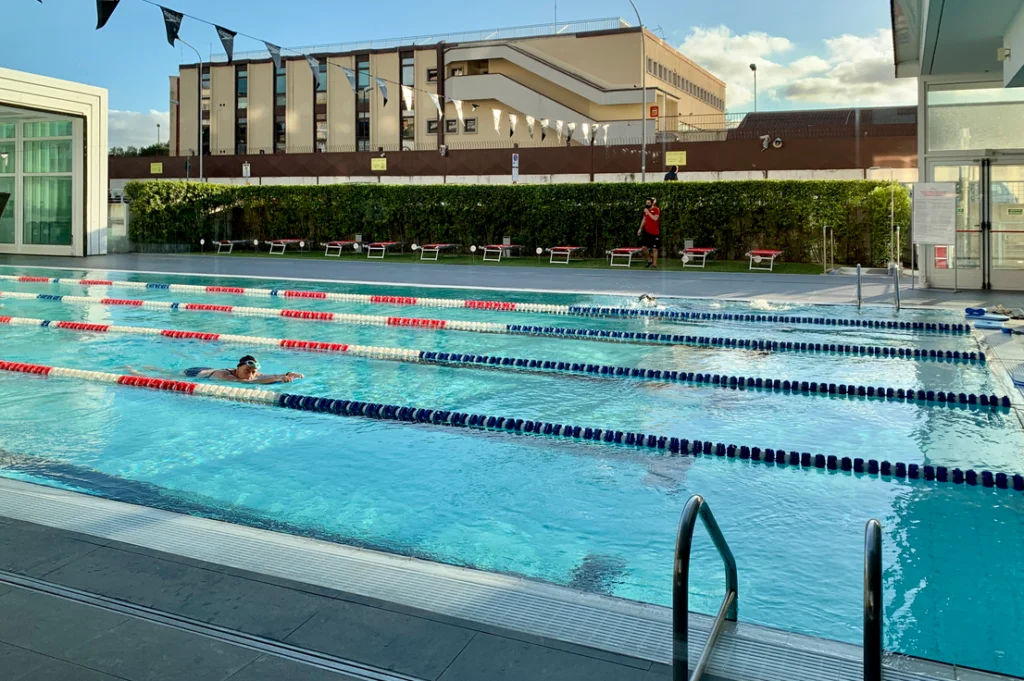
Every community had its special place for beating the heat—whether it was the municipal pool, a swimming hole in the local creek, or the fancy country club pool that some families could visit through friends. These weren’t just places to swim; they were social institutions where entire summer days would disappear in a blur of splashing, sunbathing, and snack bar visits. The annual family pool membership was often one of the biggest summer expenses, but parents considered it essential for survival.
For those without access to official pools, natural swimming spots became community treasures passed down through generations. The old quarry, the bend in the river, or the deep part of the creek where someone had hung a rope swing—these places held almost mythical status in small towns. Families would pack elaborate picnics and spend entire Sundays at these swimming holes, with multiple generations teaching the young ones where it was safe to jump and where the best fishing spots were hidden.
8. Ice Cream Trucks Were Angels of Mercy
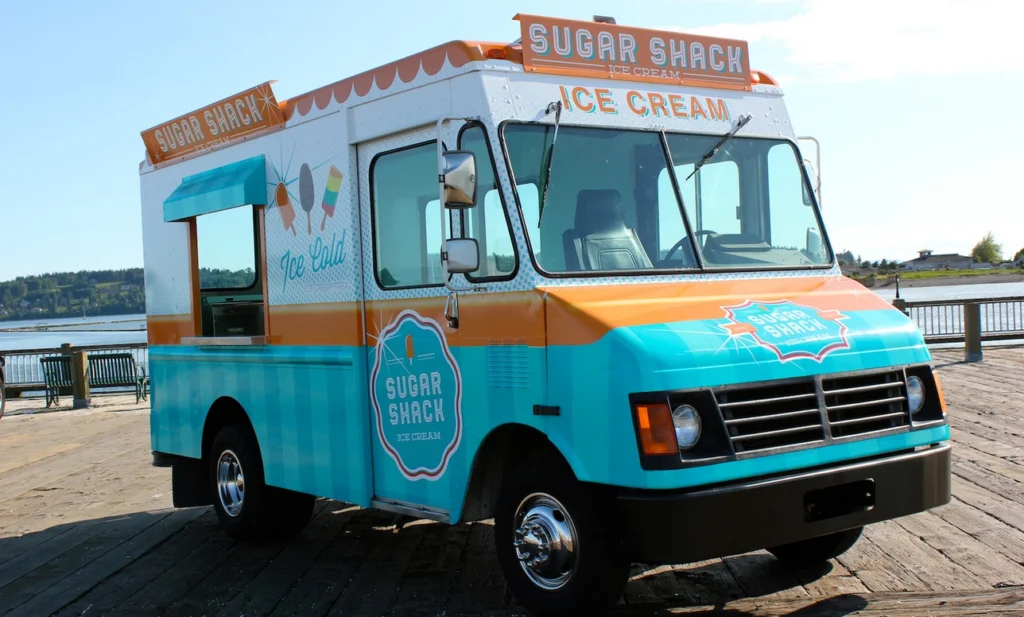
The distant tinkle of “Turkey in the Straw” could mobilize an entire neighborhood faster than a fire alarm. Ice cream trucks didn’t just sell frozen treats—they provided mobile relief stations that appeared exactly when the heat became unbearable. The ritual of running inside to beg for ice cream money, then racing outside to catch the truck, became a defining summer experience that combined desperation and pure joy.
These musical vehicles represented more than just commerce; they were community gathering points where neighbors would congregate on sidewalks, sharing the brief respite that came with cold treats. Parents would often buy themselves ice cream too, abandoning any pretense that they were just there for the children. The ice cream truck’s arrival created instant neighborhood parties, with everyone standing around in the shade of trees, savoring their cold treats and engaging in the kind of casual conversation that built community bonds.
9. Late Evening Car Rides with All Windows Down

When the house became absolutely unbearable, families would pile into the car for “cooling off drives” that could last for hours. With all four windows rolled down and the car moving at a steady pace, you could create your own air conditioning system that was actually more effective than sitting still indoors. These drives became family bonding time, with parents taking scenic routes through the country or along lakeshores where the breeze was stronger.
The whole ritual had its own special considerations—Dad would drive slowly enough to maximize the cooling effect but fast enough to keep the air moving, while Mom would navigate to find the coolest routes through town. Children would fight over window seats, and families would often stop for ice cream or cold drinks to extend the relief. These evening drives frequently turned into impromptu adventures, with families discovering new parks, scenic overlooks, or friendly drive-in restaurants that became regular summer destinations.
10. Cold Baths and Showers Became Daily Necessities
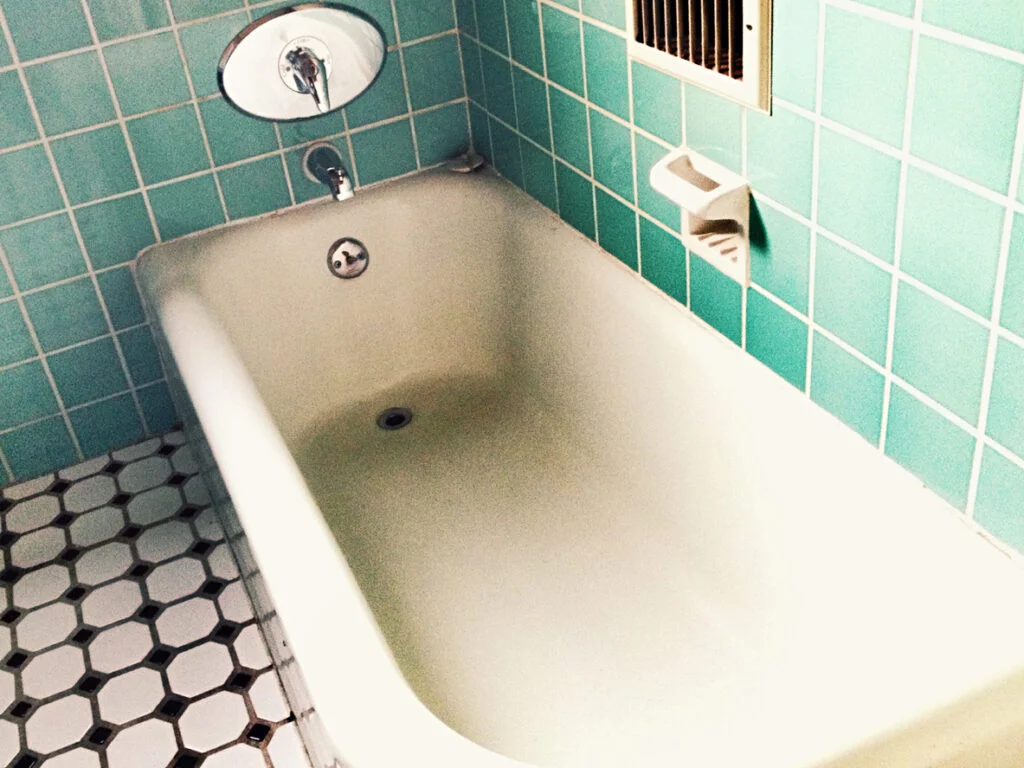
The luxury of a cool bath or shower took on almost spiritual significance during heat waves. Unlike today’s quick rinses, these cooling sessions were deliberate, slow affairs designed to lower your core body temperature as much as possible. Families would sometimes take multiple cool showers throughout the day, and nobody thought it was wasteful—it was pure survival.
Some creative folks would add ice cubes to their bath water or keep their washcloths in the refrigerator for extra cooling power. The bathroom would become a temporary refuge where you could close the door, run cool water, and enjoy a few minutes of genuine relief. Parents would often let children play in lukewarm baths for extended periods, understanding that it served dual purposes of entertainment and temperature control.
11. Wet Sheets and Pillowcases Were Nighttime Saviors
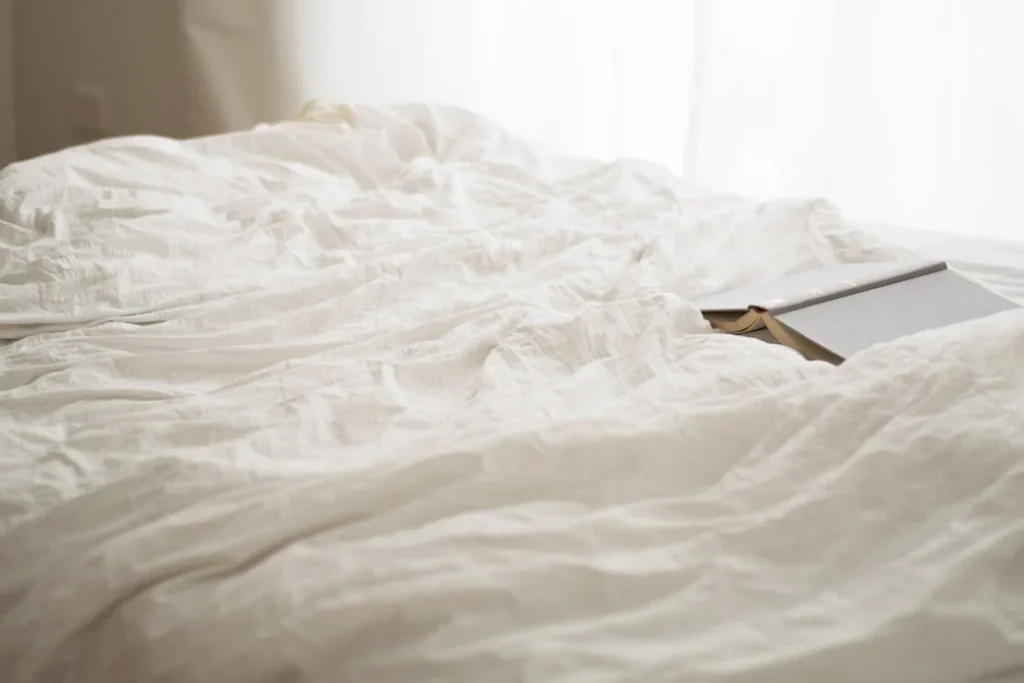
Desperate times called for creative measures, and soaking bed linens in cold water became a legitimate cooling strategy. You’d wring out sheets and pillowcases just enough so they weren’t dripping, then climb into bed with the delicious shock of cool, damp fabric against overheated skin. The relief was immediate and intense, though it required some planning since you needed backup dry bedding for later in the night.
This technique worked best on particularly brutal nights when even the cross-breeze from open windows couldn’t provide adequate relief. Some families would keep spare sheets in the refrigerator during heat waves, rotating them throughout the night as needed. The wet sheet method became a rite of passage—something parents would finally resort to when children were too hot to sleep, and something those children would remember and use with their own families years later.
12. Porch Sitting Became an Art Form
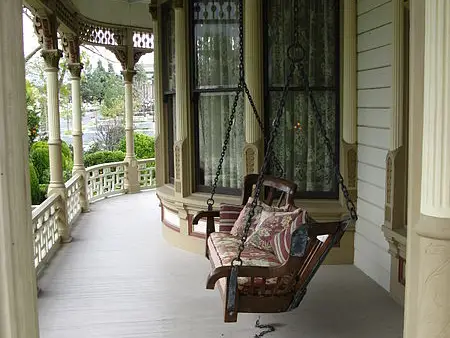
Every neighborhood had its porch culture, where families would migrate outdoors as soon as the sun began to set. These weren’t just places to sit—they were outdoor living rooms where the serious business of cooling off happened alongside socializing, storytelling, and watching the world go by. The porch became command central for managing the heat, with strategic placement of chairs to catch every possible breeze.
The evening porch ritual had its own rhythm and social rules—when to bring out the folding chairs, how to position them for maximum air flow, and which neighbors were likely to stop by for conversation. Many porches featured ceiling fans that would run continuously, creating enough air movement to make sitting outside bearable even on the worst nights. These gatherings often lasted well past bedtime, with children playing in the yard while adults found relief in the gradually cooling air and easy conversation.
13. Cold Drinks Were Hoarded Like Precious Resources

The refrigerator’s ice compartment became the most valuable real estate in the house, carefully managed and rationed throughout the day. Families would freeze metal cups, keep pitchers of ice water constantly refilled, and make sure there were always cold drinks available for emergency cooling. The daily ritual of making fresh ice and managing the cold drink supply became as important as any other household chore.
Lemonade, iced tea, and cold milk took on almost medicinal properties during heat waves, and families would experiment with different cooling drinks—everything from ice-cold buttermilk to frozen fruit juices. Some households would keep wet washcloths in the freezer alongside the ice cubes, ready to provide instant relief when the heat became overwhelming. The simple pleasure of a truly cold drink during a heat wave provided not just physical relief but a psychological boost that helped everyone cope with another sweltering day.
Looking back, those pre-air conditioning summers taught us resourcefulness, brought communities together, and created some of our most vivid childhood memories. We learned to slow down during the heat of the day, to appreciate the simple pleasure of a cool breeze, and to find joy in small comforts like cold watermelon or the sound of an oscillating fan. Those summer survival skills built character and created bonds with neighbors and family members that lasted long after air conditioning became affordable and commonplace.
This story What Summer Looked Like Before A/C: 13 Ways We Actually Kept Cool was first published on Takes Me Back.


